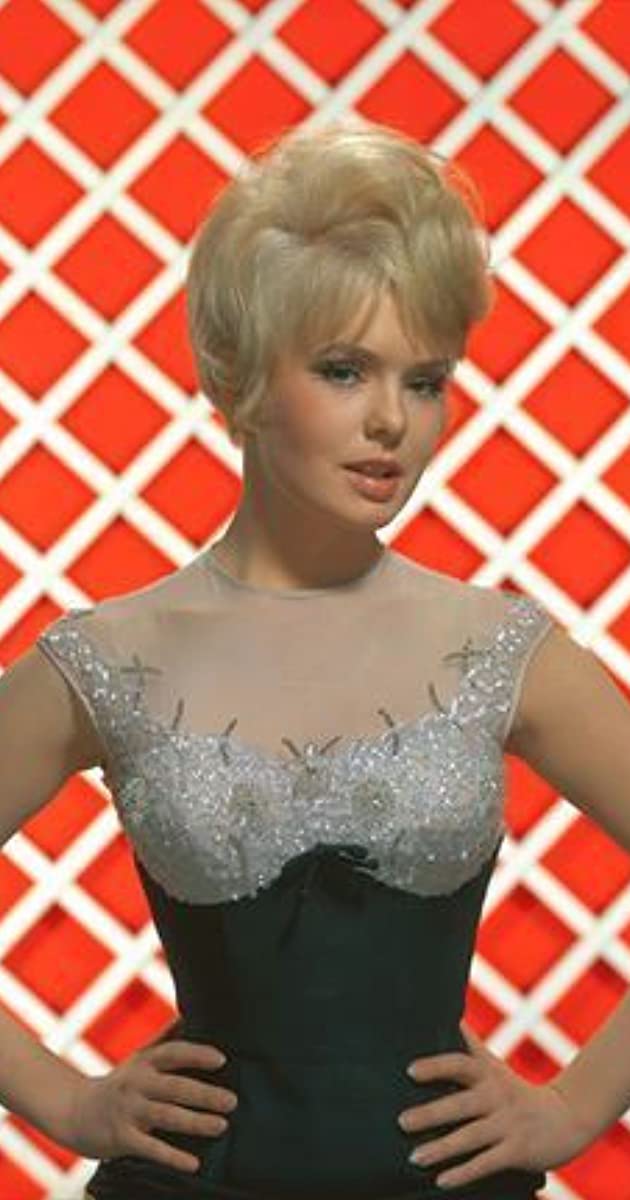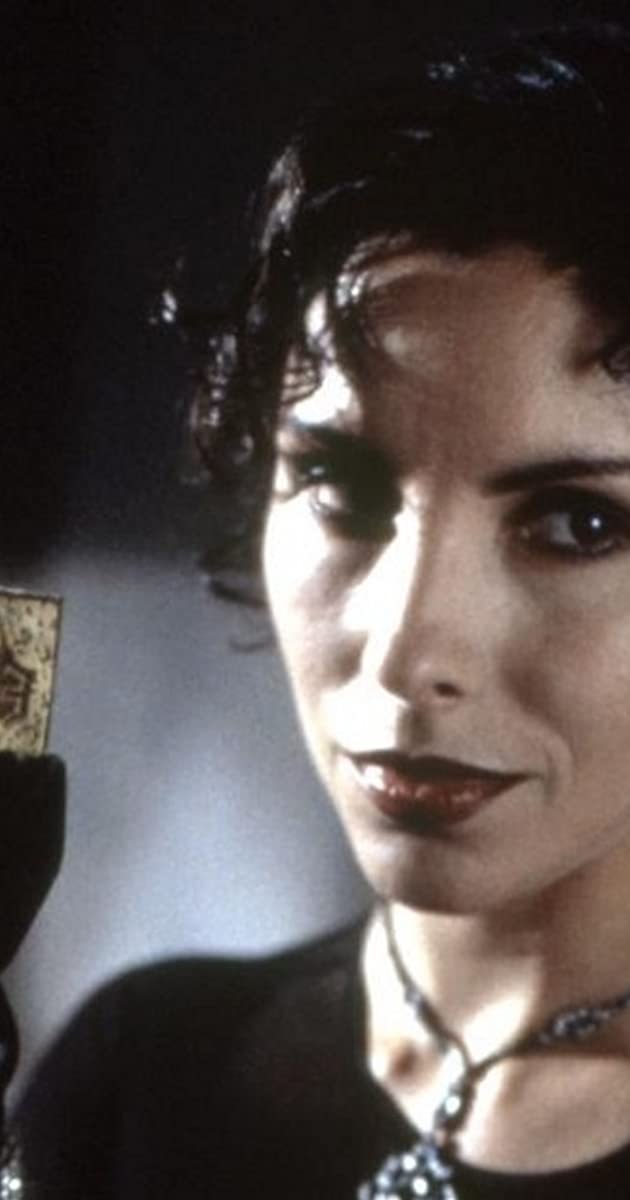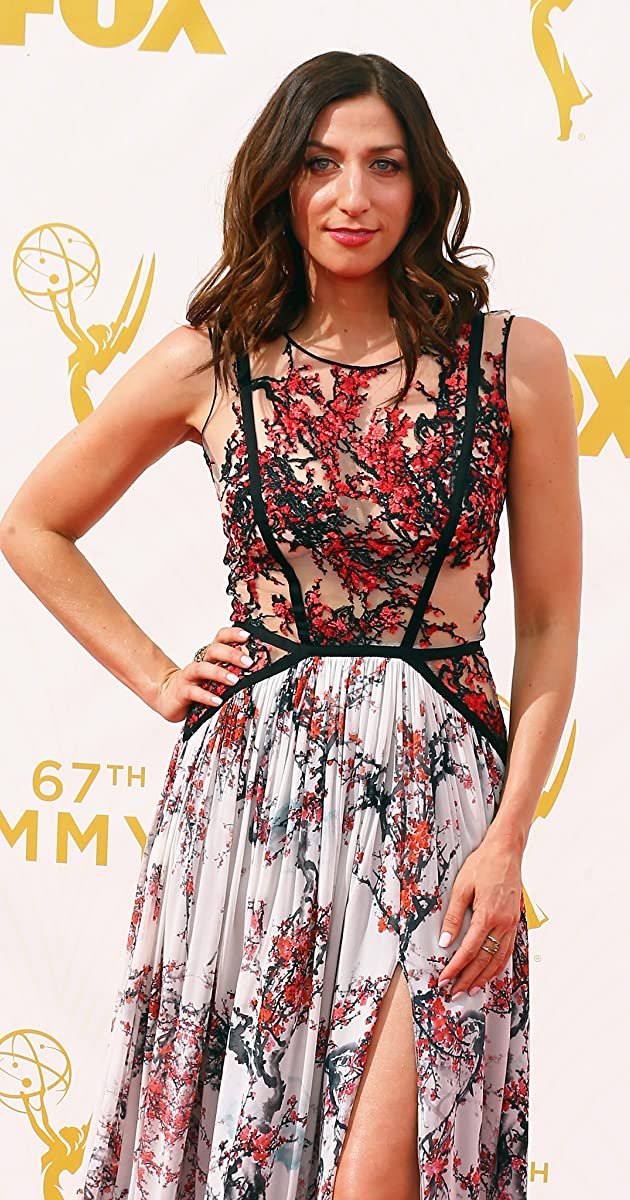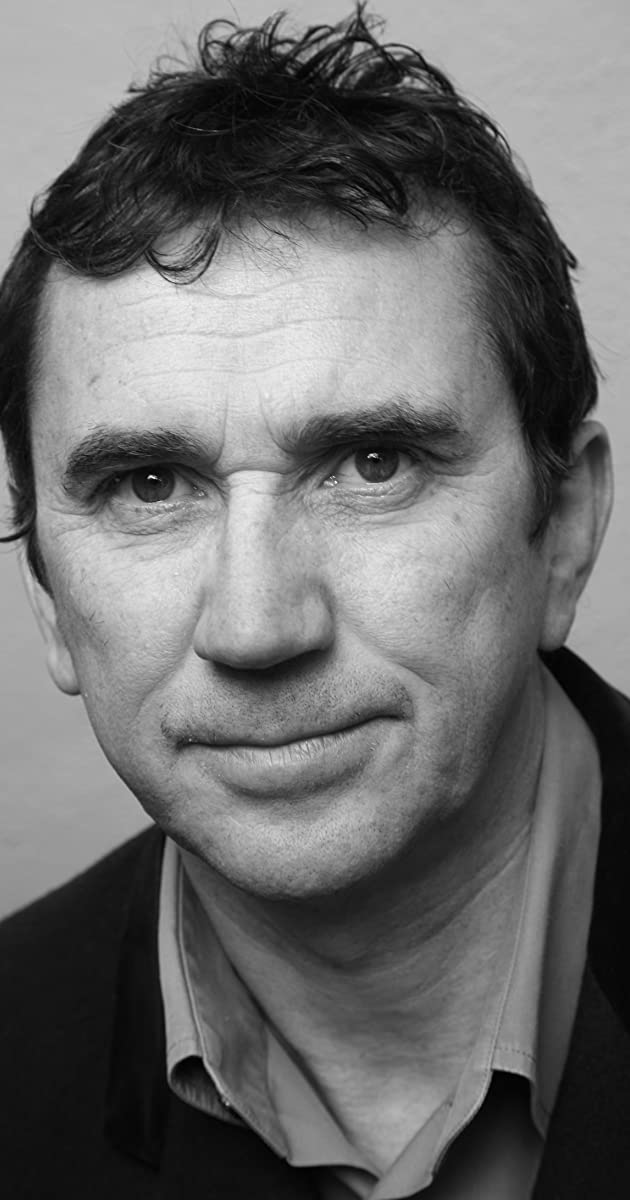
A gorgeous, pneumatic blonde rival to pouty sex kitten Ann-Margret, singer/dancer/actress Joey Heatherton was also a product of the swinging 60s and taunted the film and TV variety scenes with her own version of a purring young sexpot. Born in 1944 as “Davenie Johanna Heatherton” and the daughter of veteran song-and-dance man Ray Heatherton (1909-1997), Joey trained in ballet as a youngster and started her career off as a teen performer on the New York stage as one of the children in “The Sound of Music”. She also began recording about that same time. She went on to gain national exposure as a regular on The Perry Como Show (1948), portraying an innocent young coed who developed a crush on the star. The gimmick worked and Joey eventually tried to parlay this success into an acting career.
The payoff worked. She started to appear in such TV dramas as The Virginian (1962), The Nurses (1962) and Route 66 (1960). For a time, she showed extreme promise, playing troubled, vulnerable, often neurotic young girls opposite cinema’s established or up-and-coming talent of the day, including the films, The Charge Is Murder (1963) with Richard Chamberlain and Nick Adams, Where Love Has Gone (1964) starring Bette Davis and Susan Hayward, and My Blood Runs Cold (1965) opposite Troy Donahue. The promise was short-lived, however, but since music was deemed her forte anyway, Joey wisely refocused on her musical gifts and went on to project a mod, sulky “Lolita” image fully-decked out in mini-skirts and go-go boots. A much better singer than Ann-Margret and an equally good dancer, she appealed to the male masses in droves with her high-octane dance moves and saucy glances as huge selling points. By the late 60s, the talented, all-round entertainer had developed into a solid Vegas showroom and TV variety favorite. On the plus side as well, she had soldiers swooning on both land and sea as she toured with Bob Hope on his USO tours. She proved quite fetching in the TV movie, The Ballad of Andy Crocker (1969) with Lee Majors, and was part of the eclectic casting in Of Mice and Men (1968) that toplined George Segal and Nicol Williamson. On top of all this, she was seductively pitching RC Cola and Serta mattresses in TV ads on a regular basis.
Joey’s problems began in 1971, stemming with a major tabloid-troubled marriage and divorce from Lance Rentzel. The 70s also saw a radical change in audience taste as witnessed by her diminishing popularity. Despite showing extreme potential as a Billboard chart-maker with a “Top 40” pop hit in the Ferlin Husky song, “Gone”, in 1972, Hollywood made it nearly impossible for her to escape the blast-from-the-past image, finding herself more and more unemployable as the decade wore on. She did enjoy a fun, short-lived fling on a summer variety series, that co-starred her beloved dad Ray Heatherton, (Joey & Dad (1975)).
Unfortunately, Joey encountered other problems in the throes of her career decline, with a life-threatening substance addiction and eating disorder which deeply hindered any game attempts to climb back into favor. She was crassly featured in the critically-panned Richard Burton starrer, Bluebeard (1972); portrayed Xaviera Hollander in the lurid The Happy Hooker Goes to Washington (1977) to little fanfare; and then pretty much disappeared, except as eccentric tabloid fodder or popping up unexpectedly in the cult John Waters film, Cry-Baby (1990), or the April 1997 Playboy spread.
On her side, however, she is a survivor and Hollywood has always encouraged big comeback stories. If anybody has ever proven to be a certifiable talent deserving of such, it’s Joey Heatherton. She remains, however, a prime example of how devastating and destructive a fickle entertainment business can be.


